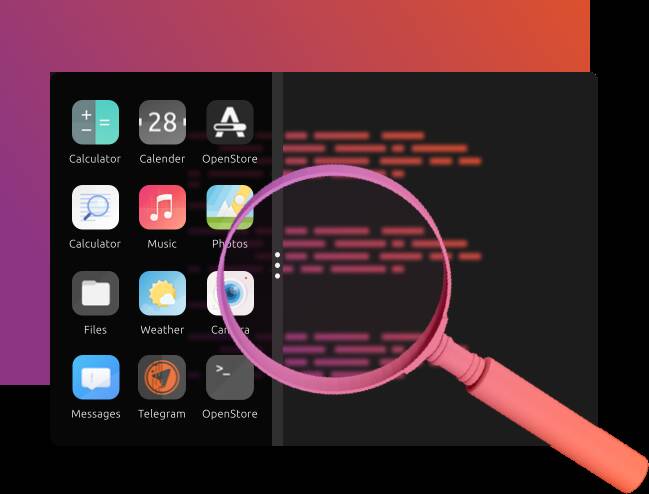Various parts of Ubuntu’s cancelled desktop/fondleslab convergence project are all still ticking away – some officially and some thanks to user communities.
UBports is edging closer to moving to a different LTS – except on the PinePhone, which is going its own way. It’s nearly six months since Ubuntu Touch OTA-23 appeared, and the UBports community have announced the next version, OTA-24. As the Reg noted last year, though, this release is still based on Ubuntu 16.04. We suspect that is because this was the last LTS release before Ubuntu cancelled the fondleslab version the following year, before the next LTS version, 18.04.
As such, UBports is going to skip 18.04. The days of “Bionic Beaver” are numbered anyway: its official end of life is next April. Instead, soon, Ubuntu Touch will switch its base OS to Ubuntu 20.04, whose codename is “Focal Fossa.”
That won’t be the next version, though. The release notes for OTA-24 say:
This is the last OTA for Ubuntu 16.04 (xenial) with major features. The next OTA-25 will be mainly security fixes and long-term support updates for xenial.
Which means that we can expect at least one more version based on the geriatric but official codebase first. When Ubuntu Touch finally moves to a newer version, it will be able to incorporate some newer elements from upstream.
Canonical itself hasn’t abandoned quite all of the components of its planned mobile platform. At least two of its components are still in active development by the company.
The Snap package format originated in Ubuntu Phone, and Snap is still going strong, as we described earlier this month. It’s not the only such part, though.
The Mir display server, which we were quite excited about when it was announced and which debuted in Ubuntu 13.10, isn’t dead either. It has its own website, and it’s still in active development. As the first line of its README on Github says, Mir is a Wayland compositor now, and while Canonical positions Mir for IoT functions such as Ubuntu Frame, it can still be used to show a desktop. Mir 2.10 was released a month ago. That’s two-dot-ten, not two-point-one-zero.
Mir becoming a Wayland compositor is not quite as big a deal as it may sound. Although the Weston compositor remains the reference one, the Arch Wiki lists no fewer than 28 Wayland compositors, including KDE’s KWin, GNOME’s Mutter, Enlightenment, and the tiling Sway.
When the Focal-based Ubuntu Touch does finally happen, it should be able to incorporate some of the upstream changes from these projects, as well as the former Unity8 desktop shell, now renamed Lomiri and being developed on Gitlab. The developers hope that this will enable them to update Ubuntu Touch for the PinePhone as well.
The previous version of the desktop environment, Unity 7, is moving forwards as well. As we mentioned at the time, as of Ubuntu 22.10, the Unity remix is now an official flavor, but lead developer Rudra Saraswat has also restarted work on ports to other distros. The long dormant version for Arch Linux is first, and he announced an updated version two weeks ago. It can also be installed on Arch derivative Manjaro, too.
Back in Unity’s prime, there were others, including a port to Fedora as well as an incomplete port to Debian. Now, there is new hope that these may be revivified. ®
Source link




